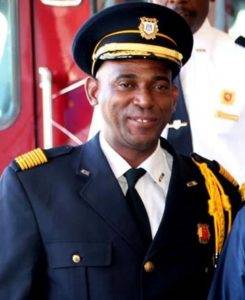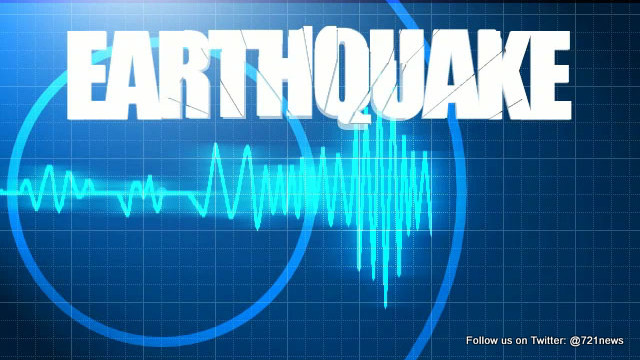
GREAT BAY, Sint Maarten (DCOMM) – National Disaster Coordinator/Fire Chief Clive Richardson said on Sunday, that Friday’s, November 13th earthquake with a magnitude of 4.7 at 4.35pm, is a stark reminder that members of the community have to be earthquake/tsunami ready.
According to the University of the West Indies Seismic Research Centre, the earthquake was measured at a depth of 31 km and was located 64 km north-northwest of Saint Kitts & Nevis.
The Caribbean Region is a seismic zone for earthquakes and there are exposed coastal areas that could be threatened by a tsunami.
Tsunamis are rare events, but they are the deadliest and costliest among all hazards, according to the United Nations (UNs) Disaster Risk Reduction (UNDRR).
Over 700 million people live in low-lying coastal areas and Small Island Developing States exposed to extreme sea-level events including tsunamis.
While tsunamis cannot be prevented, the Office of Disaster Management (ODM) would like to offer a source of information – visit www.preventionweb.net/english/ – on things you can do before a tsunami that could save your life and the lives of your family and friends. Go to the ‘hazards’ tab and select ‘tsunami.’ Prevention web is a knowledge platform for disaster risk reduction.
When a tsunami warning is issued, ‘take action!’ Move to high ground; stay out of the water, away from beaches and waterways.
Natural tsunami warnings include strong or long earthquakes, a loud roar (like a train or an airplane) from the ocean, and unusual ocean behavior.
The ocean could look like a fast-rising flood or a wall of water. Or it could drain away suddenly, showing the ocean floor, reefs, and fish like a very low tide. If you experience any of these warnings, even just one, a tsunami could be coming.
Some additional preparations that you should have in place are: Make an emergency plan that includes a family communication plan and put together a portable disaster supplies kit that is easily accessible and contains basic items you and your family may need in any emergency.
Include your pets in all your preparedness efforts. Since you do not know where you will be when disaster strikes, prepare kits for work and your car. Meet with your family to discuss the plan and why you need to prepare for a disaster. Be earthquake/tsunami ready.





























